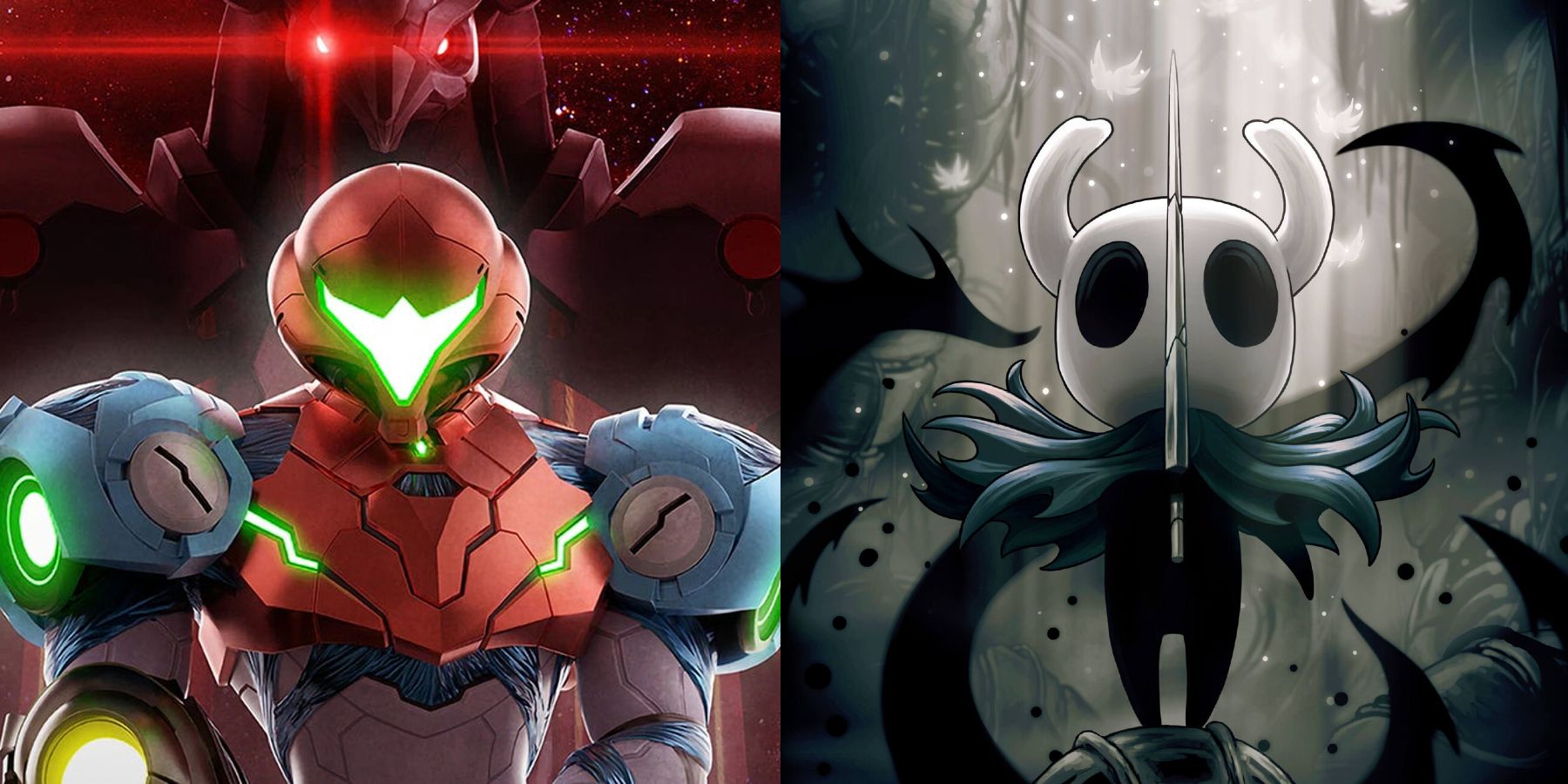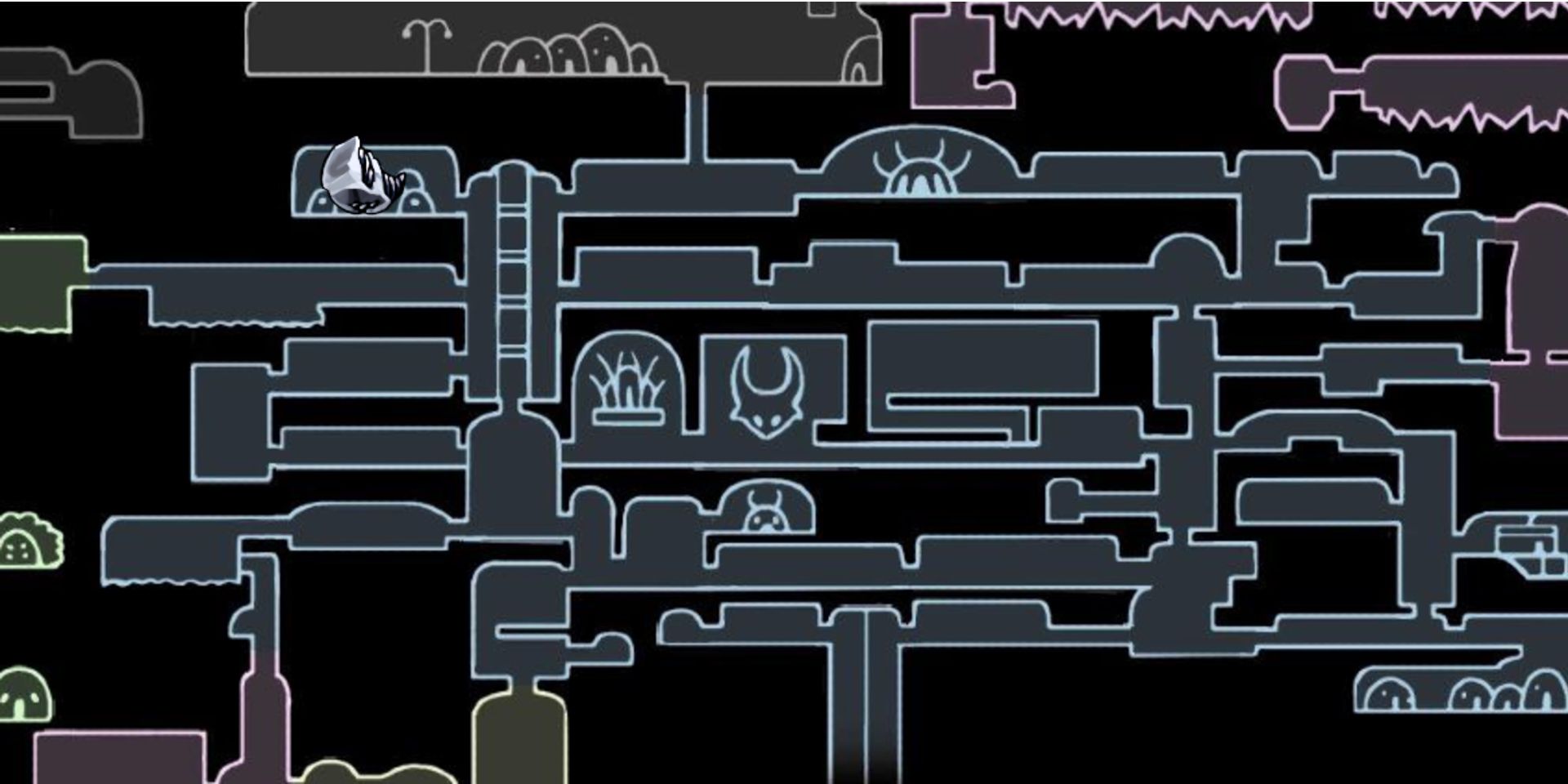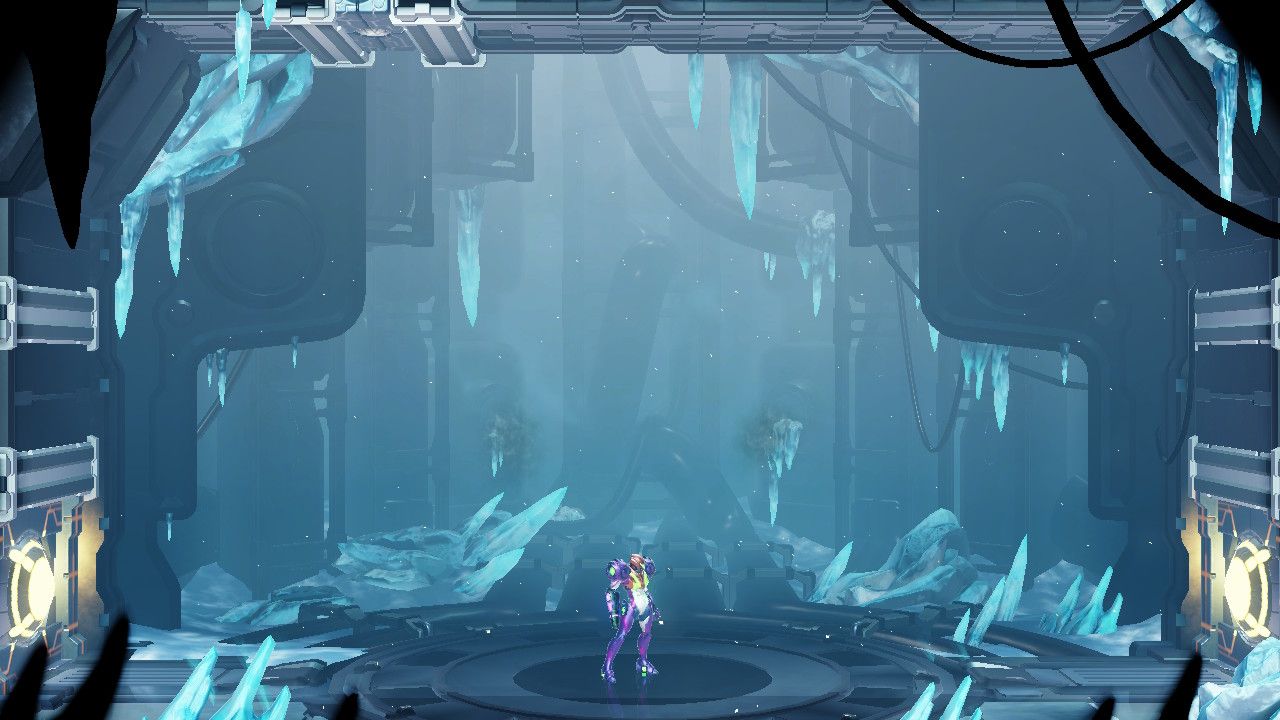The metroidvania genre was popularized by its namesake's portmanteau: titles from the 1990s like Super Metroid and Castlevania: Symphony of the Night with expansive worlds for players to explore and backtrack through using new items to unlock paths and grow stronger. Big-budget AAA games like Ori and the Will of the Wisps, as well as the recent Metroid Dread, still do metroidvanias justice. However, it has also become a well-trod genre by indie games like Hollow Knight and Axiom Verge.
Because a major tenet of metroidvania games is passing through the same areas sometimes dozens of times, they often introduce ways for players to see their actions having an impact on the environment. This goes back to the days of Super Metroid, when defeating Phantoon restored power in Planet Zebes' Wrecked Ship. However, both Metroid Dread and Hollow Knight pull off a similar trick with regards to changing their initial locales, and do a great job selling the idea of player impact on otherwise static, abandoned worlds. Spoilers for Metroid Dread ahead.
Hollow Knight's Forgotten Crossroads
Team Cherry's Hollow Knight released in 2017 and immediately skyrocketed the developer to stardom for its deep world building, difficult-but-fair game design, and keen eye for aesthetics. Many are waiting on updates regarding its sequel Hollow Knight: Silksong, but in the meantime there's a lot to plumb from the original that continues inspiring new games such as Mongoose Rodeo's Crowsworn.
Hollow Knight follows The Knight, a mysterious character in a distinctive mask who literally drops into Hallownest - an ancient, ruined kingdom of sentient bug people spread across an ant hill-like maze of underground tunnels. The Knight first comes to the town of Dirtmouth, sitting on the surface just above Hallownest, and their only way into that kingdom is through the Forgotten Crossroads. This area serves as something of a tutorial, leading players down a specific path while they learn the ropes, but soon it becomes a hub with access to half a dozen locales that can be visited in nearly any order.
Because of its purpose as a literal crossroads, Hollow Knight players revisit this place repeatedly during their travels, trivializing its challenges more with each upgrade. Though the game's pathing is largely open to interpretation, eventually players come across the Broken Vessel boss in Hallownest's Ancient Basin. Defeating it opens access to the double-jump Monarch Wings, but also spreads the infection that animates the Broken Vessel in the first place.
The Forgotten Crossroads becomes its much more difficult and restrictive variant: The Infected Crossroads, full of powerful enemies and blocked paths forcing players to rethink this familiar area. Hollow Knight's progression is so open that the infection can also spread by getting to one of the three Dreamers first, but either way this represents the player's action having a palpable effect on the game world.
Metroid Dread's Artaria Twist
Metroid Dread is more linear than Hollow Knight in a lot of ways. There are sequence breaks a player can complete, obtaining items earlier than intended, and developer MercurySteam accounted for this by adding alternate paths and quick kill boss strategies. However, there is still one path people are led down by Planet ZDR's environmental design, as well as some story progression gates.
One such gate is Elun, a sealed fortress built beside the Chozo sanctuary Ferenia. Samus finds out the warmongering Mawkin Chozo tribe led the X Parasite to Planet ZDR, as the parasite is able to completely mimic its host. When the bounty hunter visits Elun, she finds its full of X, mimicing basic enemies and more powerful Chozo bosses. She incidentally lets the X Parasite free of its cage, and in a matter of moments the entire ecosystem is assimilated.
There are widespread effects of the X Parasite takeover. However the most distinct change is to the place Samus begins her journey: Artaria, set in the deepest part of Planet ZDR. Adam, the AI helping to guide Samus based on her former commanding officer Adam Malkovich, lets her know the planet's temperature is dropping at a rapid rate.
As she takes a new elevator into the Artaria region, which Samus has revisited a few times prior, suddenly players come to find it's entirely frozen over - now featuring tougher enemy variants and blocked-off paths. It turns out a Core-X has assimilated an experimental beast and stopped up the planet's geothermal power plant; likely to make the place inhospitable for Metroids, the X's one true predator. Granted, the Metroid species is extinct by the time Metroid Dread happens, but it would still be a sensible instinct to follow.
Though this trip through a frosty Artaria and Cataris is more linear than Hollow Knight's newly Infected Crossroads, existing as more of a one-time obstacle than a permanent world change, both have a similar impact. There's a certain amount of shock and awe to stepping into a familiar stomping ground and finding it reworked from the ground-up. What sets Dread and Hollow Knight a rung above is that these changes are a result of the player impacting their games' narratives. The player frees the X, and the player kicks off Hallownest's new infection. More games should take notes, as this is a great way to make a player feel like they have agency in a malleable environment.
Metroid Dread is available now on Nintendo Switch.



